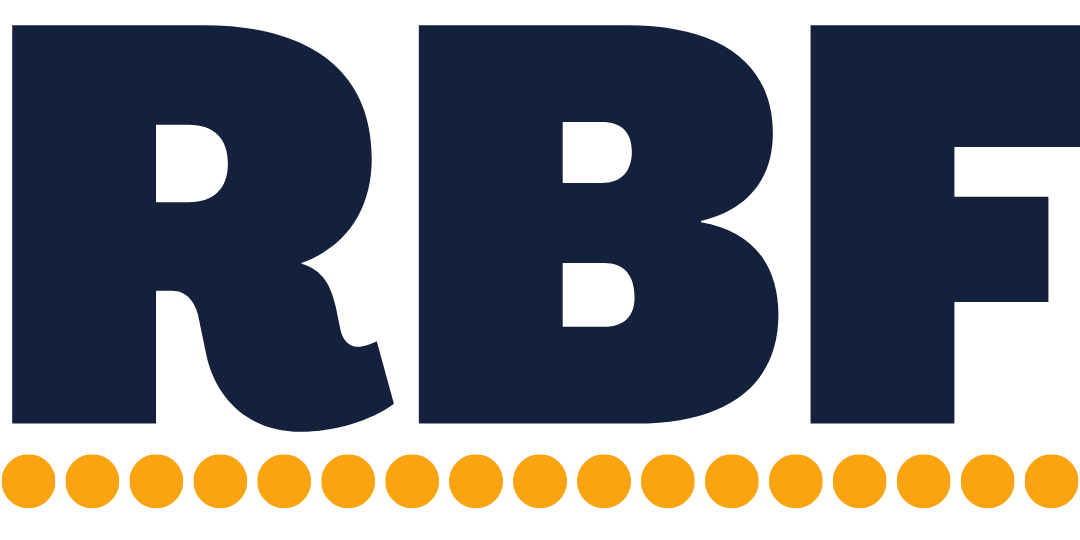Invoicing starts during the sale and client onboarding
Invoicing is usually an afterthought in many small businesses. It’s seen as a simple formality like getting a receipt at the store. And, sending an invoice is nothing more than the very last step in getting paid (short of cashing them checksss 🤑). You just slap some numbers in a template, fire it off to your client, then bing bang boom, you get paid. And, while the physical act of raising then sending an invoice isss one of the last steps, it’s much more than formal paperwork and preparation for that invoice should begin wayyy earlier than when you would like to get paid.
Just like you want to set expectations early on about what it’s like to work with you and what you’ll deliver, you should also set expectations and be on the same page about what your invoicing will be like. Setting these expectations early, answering any confusion, and reducing friction upfront will lead to faster payments and better cash flow when it’s time to invoice. Make sure your clients understand everything before beginning work instead of trying to sort out misunderstandings when the money is due and you need to make payroll.
Discuss your payment terms:
No one is actually reading your full contract or the convoluted payment terms at the bottom of your proposal. They’re supposed to, but they’re not. Take time during the final stages of your sales process or your proposal presentation to explain your payment terms including how you’ll invoice them, when you expect to be paid, what payment methods you accept, and what happens when a payment is late. Or, at least, include a veryyy concise and understandable summary in your proposal (aka drop the jargon from the non-legal documents).
Get the right contact info:
Very small businesses and consultants usually won’t have a dedicated Accounts Payable process (aka process to pay the bills and invoices they receive). You’ll just send invoices to your general point of contact and they’ll either pay it themselves (because they’re the owner) or forward it to the owner or operations manager who’ll take care of it. But, larger clients will have a dedicated Accounts Payable process and a specific person (or department) that handles everything. And, sending your invoice to your point of contact instead of the correct person is going to cause delays or lead to it slipping between the cracks because they didn’t realize it had to be forwarded. Specifically ask your clients where they want invoices sent (that could be either a physical address, email address, or their portal).
Ask about their quirks :
Even the most rudimentary Accounts Payable process has quirks. They may only pay bills on a certain day, use an outsourced Accounts Payable service, require you manually enter invoices into two different systems, need a vendor ID number, etc. Knowing these quirks and planning for them will help you get paid faster. For example, if they use a service that only processes invoices twice a month, you want to make sure yours get in before they process them or you’ll be stuck waiting for your money. Or, if you send invoices on Wednesdays but the owner sits down to pay bills on Tuesdays, you’ll be waiting a week for that payment.
Incorporate it into your onboarding process:
Collecting all this information shouldn’t be a “when I remember to do it” part of onboarding. Add it to your onboarding process checklist and, if your CRM let’s you, make it a required field to mark a deal as won. For example, if you collect payment info to bill later, add “Get signed account debit authorization” to your checklist. Or, if you send invoices to be paid, add “Get correct invoicing contact and add them to the clients contact info in our CRM/project management/invoicing software/etc.”
Add the new client to your invoicing software :
Once you have all the information (or think you have it), update your invoicing software. Add your client, all their details, how much their service costs, and any quirks you’ll need to remember. If you’re invoicing them on a different day than your other invoices, add it to your calendar. Leaving it until later is how you forget and misplace details or, worse, don’t realize you were missing something until it’s time to send the first invoice.
Action Item:
Add a new step to your onboarding process to either collect a signed authorization, get their invoicing contact info, or send the first invoice.
💪 What we do at Resting Business Face 😤
🚀 Finance Partner: Forecast the next 12+ months, improve your cash flow, and work closely with yours truly.
🤓 Hands-off Consulting: Annual forecasting and quarterly calls when you need just a touch of guidance.
🏛️ Tax Essentials: Taxes, accounting, and payroll to keep your business on the IRS's good side.
